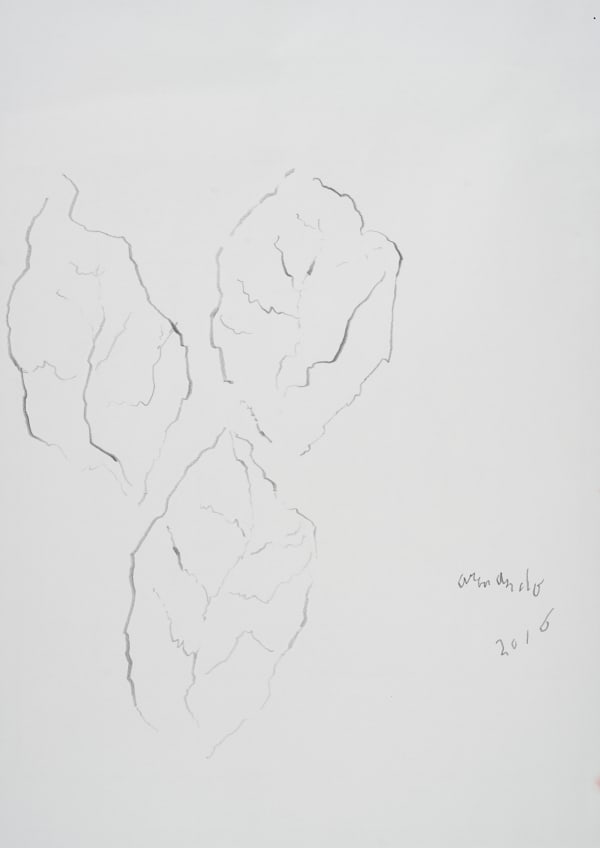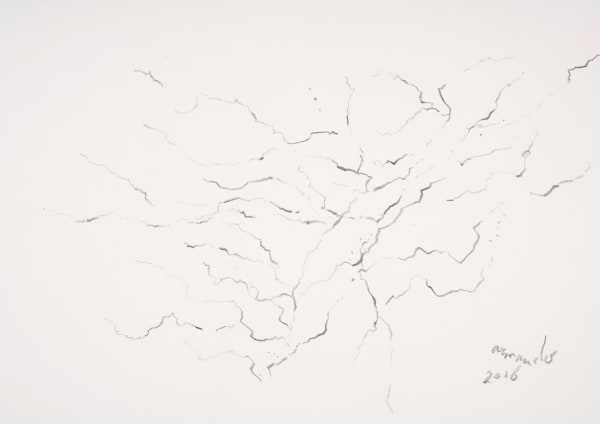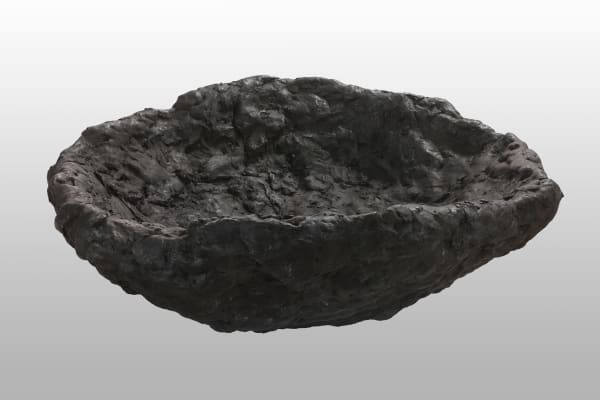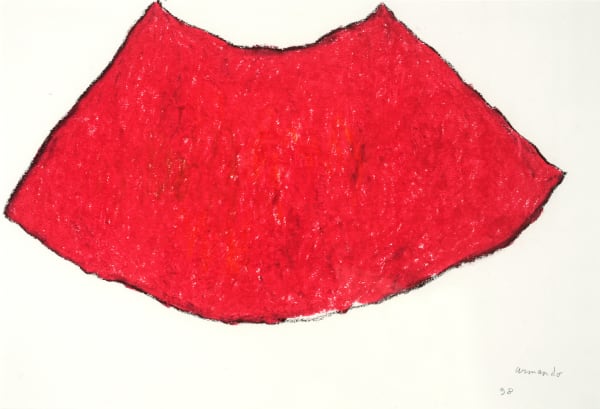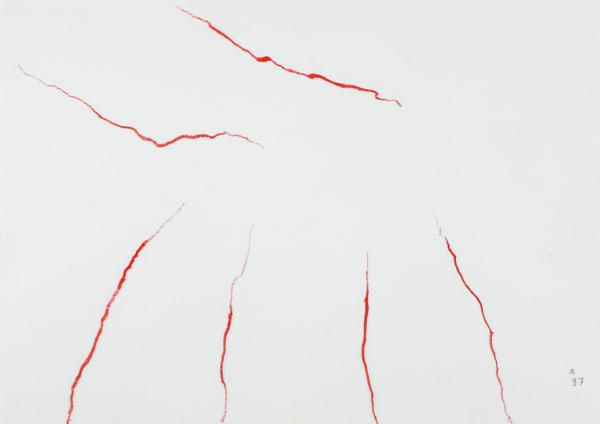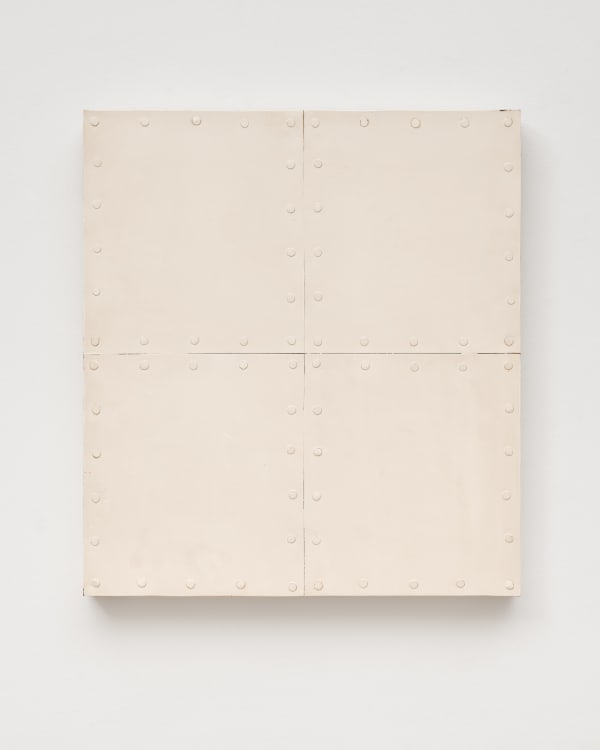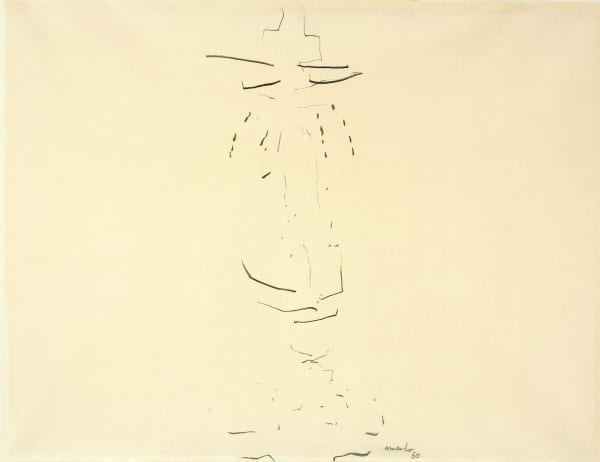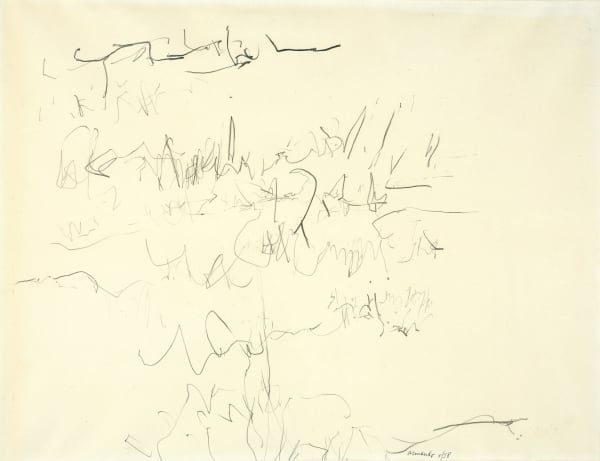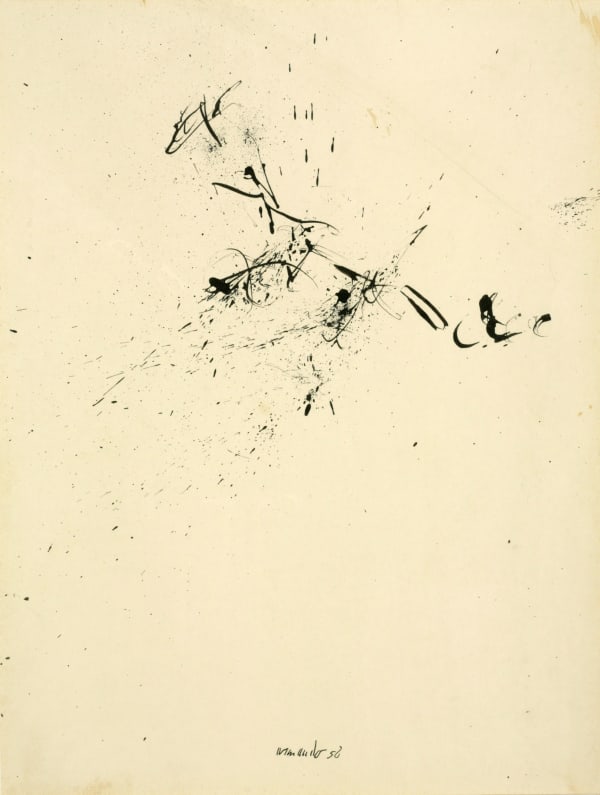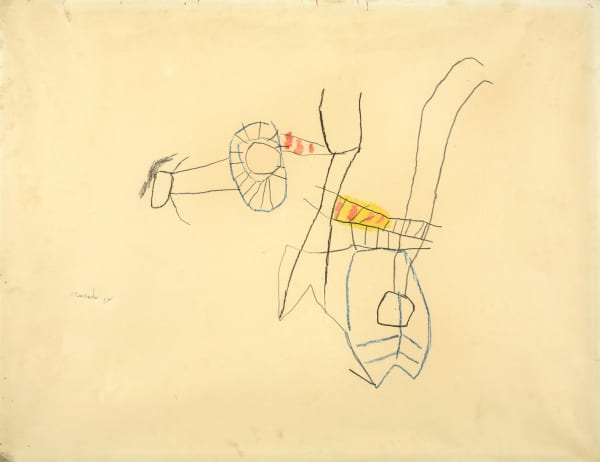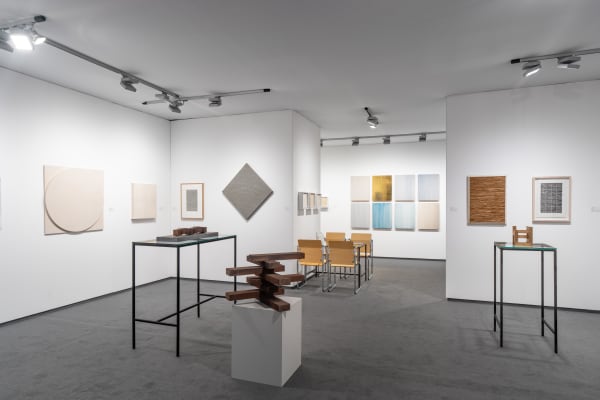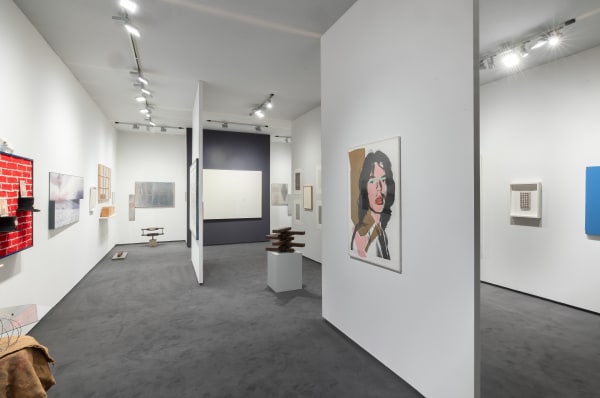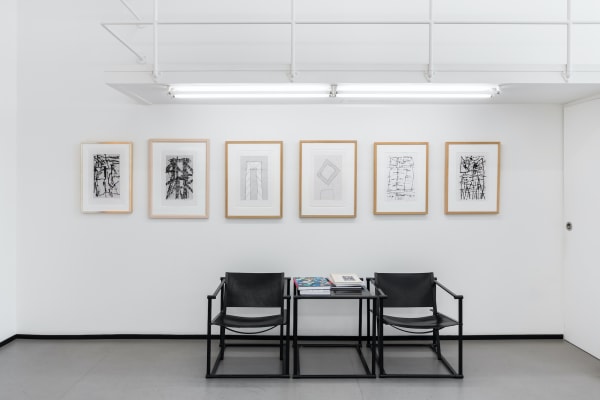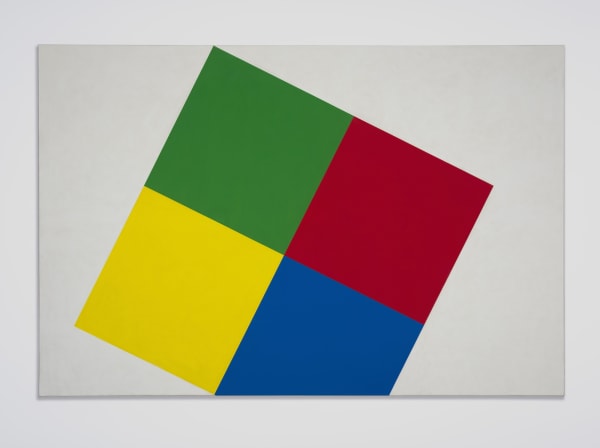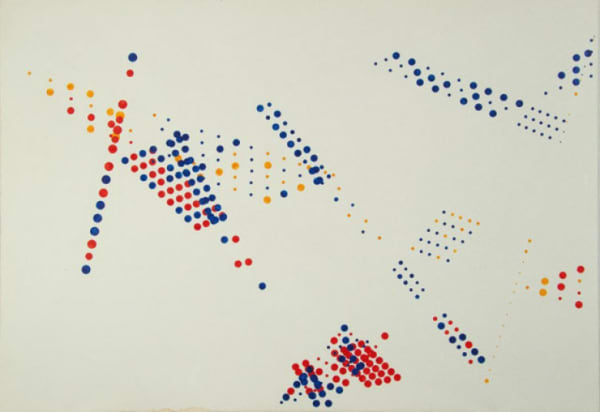Armando Dutch, 1929-2018
-
 Untitled, 2018
Untitled, 2018 -
 Untitled, 2018
Untitled, 2018 -
 Blätter, 2016
Blätter, 2016 -
 Untitled, 2016
Untitled, 2016 -
 Schwarze Schale, 2013
Schwarze Schale, 2013 -
 Vaas, 2010
Vaas, 2010 -
 Untitled, 1998
Untitled, 1998 -
 Untitled, 1997
Untitled, 1997 -
 Untitled, 1997
Untitled, 1997 -
 Fahne, 1988
Fahne, 1988 -
 De toegang / Natzweiler, 1977
De toegang / Natzweiler, 1977 -
 Schuldige Landschaft, 1976
Schuldige Landschaft, 1976 -
 Untitled, 1974
Untitled, 1974 -
 Untitled, 1973
Untitled, 1973 -
 Untitled, 1963
Untitled, 1963 -
 Untitled, 1960
Untitled, 1960 -
 Untitled, 1959
Untitled, 1959 -
 Untitled, 1958
Untitled, 1958 -
 Untitled, 1958
Untitled, 1958 -
 Untitled, 1956
Untitled, 1956 -
 Untitled, 1954
Untitled, 1954 -
 Untitled, 1954
Untitled, 1954
Armando (1929-2018) was a painter, sculptor, draftsman, poet and writer. After World War II he took part in the CoBrA movement. In 1960 he and Jan Schoonhoven, Jan Henderikse, herman de vries and Henk Peters started the Nul-movement. A movement in which the artists propagated an "anti-painterly idea". The Nul art is cool and businesslike. The emerging consumer-society was a major source of inspiration for these artists.
In this period Armando made many wall-reliefs and installations, for instance his wall-piece with only car tires. Armando often used bolts, which he applied to canvasses. During the time that Armando is in the Nul group, he drew less. The drawings he made seem almost mechanically and without the visible hand of the artist. In the late sixties, the drawings gradually became more personal. It is not until the mid-seventies that Armando started painting again.
His childhood in Amersfoort, close to Camp Amersfoort, characterizes much of his work. The horrors of Camp Amersfoort in the Second World War bring him his lifelong theme: "war". His work is about "humans, and what they are capable of, and of it's tragedy." Many works from the fifties are fully dedicated to World War II.
-

PAN Amsterdam 2025
Stand 36 1 - 9 Nov 2025Ben Akkerman | Armando | Charlotte Caspers | Ad Dekkers Hans van Hoek | Rakuko Naito | Jan Schoonhoven Geer van Velde | Carel Visser | André Volten | herman...Read more -

TEFAF Maastricht 2025
Stand 434 13 - 20 Mar 2025Ben Akkerman | Woody van Amen Jan Andriesse | Armando Carel Balth | Charlotte Caspers Ad Dekkers | Ger van Elk Hans van Hoek | Thomas Luther Tomas Rajlich |...Read more -

TEFAF Maastricht 2024
Stand 430 9 - 14 Mar 2024Ben Akkerman | Armando Constant | Ad Dekkers Daan van Golden | Jean Gorin Ewerdt Hilgemann | Hans van Hoek Tadaaki Kuwayama | Bart van der Leck Piero Manzoni |...Read more -

Armando. The patiently waiting paper
Drawings, 1954-2018 9 Sep - 21 Oct 2023Vernissage Saturday 9 September, 4pm with an introduction by Antoon Melissen, art historian Few artists are as multifaceted as Armando was: writer, poet, journalist, musician, boxer, sculptor, painter and draughtsman....Read more -

AFTER NUL - the late works
23 Apr - 22 May 2021Zero in Germany, Azimuth in Italy, Nouveau Réalisme in France, and Nul in the Netherlands are related genres that have had a major influence on the history of art. Held...Read more -

The DAAF 2021
ONLINE ONLY 9 - 11 Apr 2021From 9 to 11 April 2021, members of the Royal VHOK organize the online fair The DAAF | The Dutch Art & Antiques Fair. The first online art fair in...Read more -

The Drawing
1 Feb - 30 Apr 2021More than all other visual art forms, the drawing shows the most direct and most intimate insight into the soul of the artist. Drawing as a direct transfer from the...Read more -

TEFAF Maastricht 2020
Stand 448 5 - 15 Mar 2020BorzoGallery is pleased to participate in TEFAF Maastricht in 2020. Just as in previous years, a striking stand is designed by the Amsterdam firm HOH Architecten . The larger of...Read more -

Art Basel 2017
15 - 18 Jun 2017Monochrome Dutch artists from the sixties and beyond. BorzoGallery is presenting an unique collection of monochrome works from Dutch artists during Art Basel 2017: Armando, Bram Bogart, Ad Dekkers, Ger...Read more -

after zero
12 Nov - 3 Dec 2011In the Dutch art history of the second half of the 20th century, some movements can actually be measured by international standards. They are characterized by innovation, cooperation and group...Read more
-
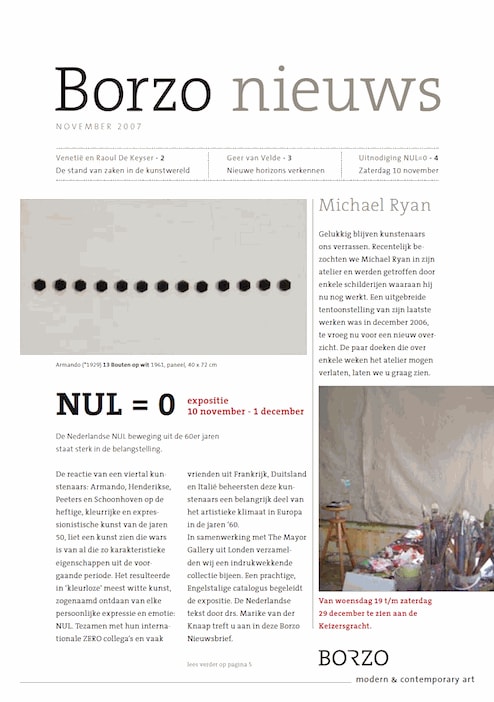
BorzoNews #02
Nul = 0 Paul van Rosmalen Read more -
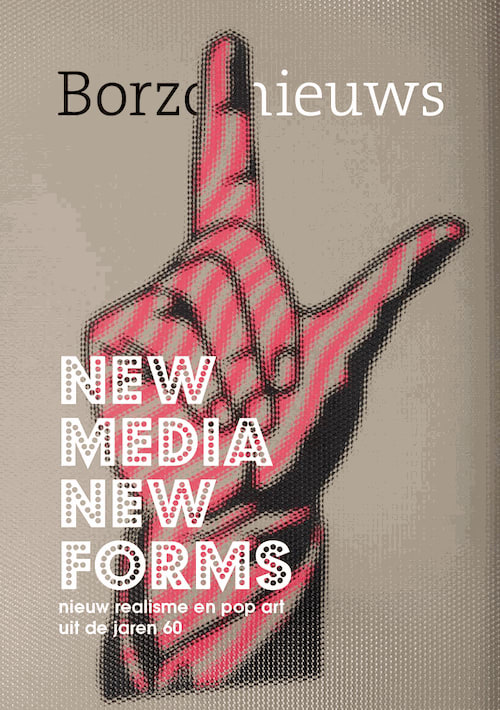
BorzoNews #12
New Media New Forms Paul van Rosmalen Read more -
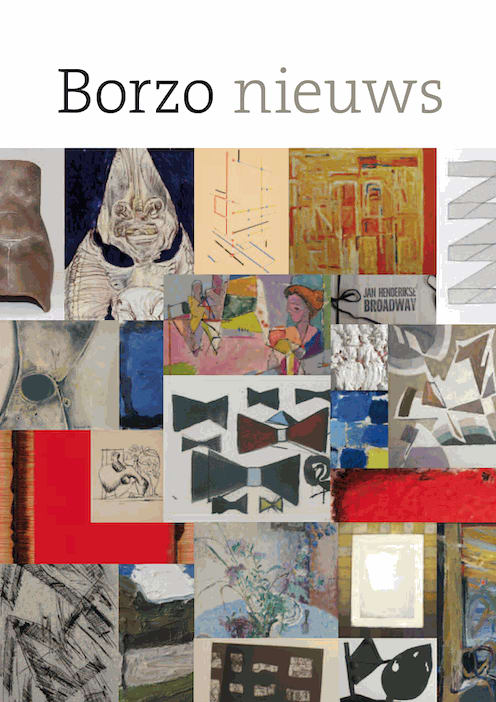
BorzoNews #13
Accrochage l Great Art, Fair Value. Paul van Rosmalen Read more -
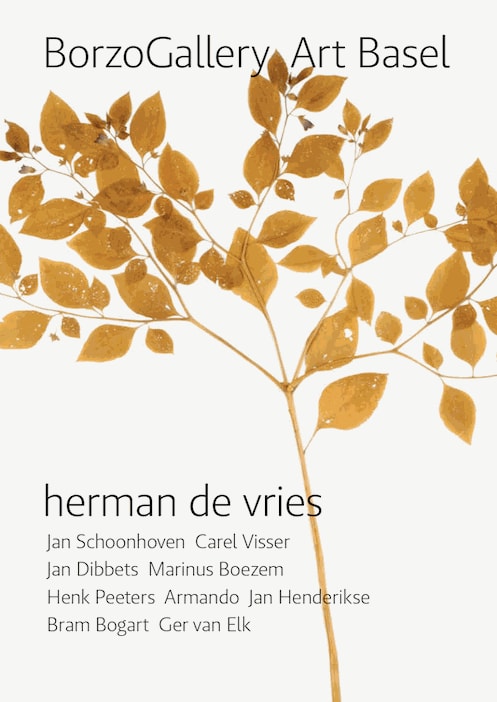
BorzoNews #49
herman de vries ea l Art Basel 2016 Paul van Rosmalen Read more -
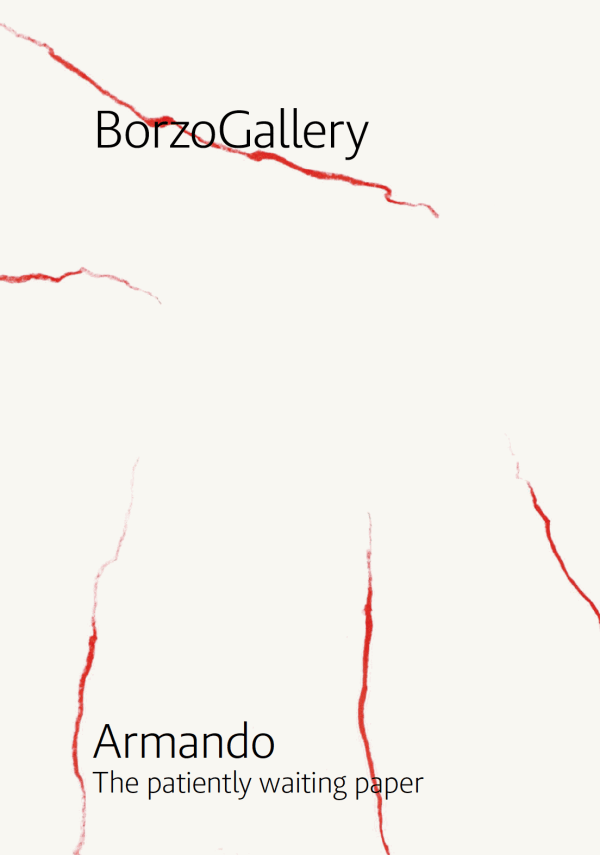
BorzoNews #81
Armando l The patiently waiting paper Paul van Rosmalen; Antoon Melissen; Sigrid Bruijel Read more


